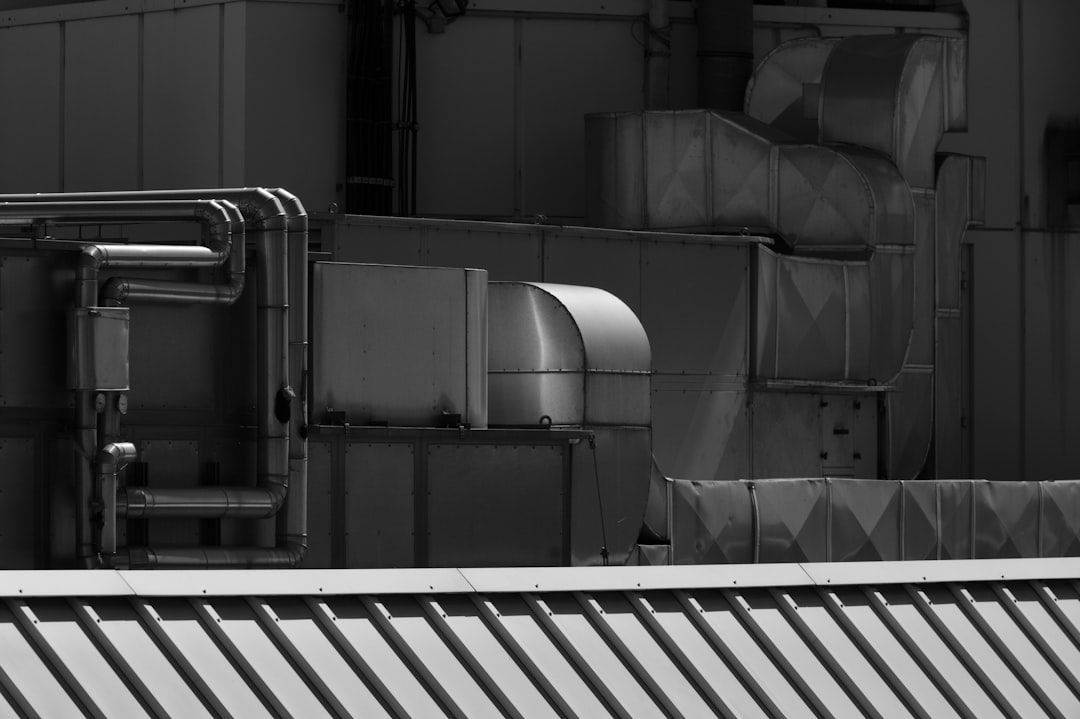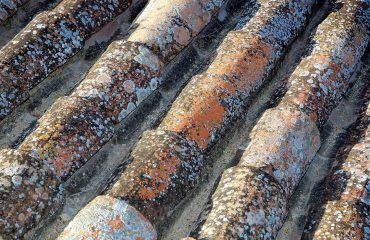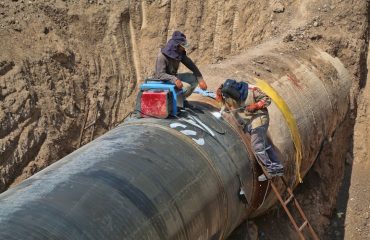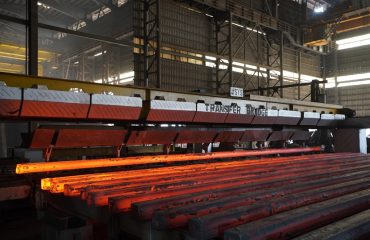body {
font-family: sans-serif;
line-height: 1.6;
}
h1, h2, h3 {
color: #333;
}
Boiler tubes are the unsung heroes of power generation and industrial processes. These seemingly simple components play a crucial role in transferring heat efficiently, driving turbines, and powering countless applications. This comprehensive guide delves into the technology, materials, and applications of boiler tubes, providing a detailed understanding of their vital role.
The Science Behind Boiler Tube Technology
Boiler tubes are essentially conduits designed to withstand extreme temperatures and pressures while facilitating efficient heat transfer. Their design involves careful consideration of several factors, including:
- Material Selection: The choice of material directly impacts the tube’s durability, heat resistance, and corrosion resistance. Common materials include carbon steel, alloy steel, stainless steel, and specialized alloys like Inconel and Incoloy, each suited for specific operating conditions and applications.
- Tube Geometry: The diameter, thickness, and length of the tube are optimized to maximize heat transfer and minimize pressure drop. Different geometries, such as finned tubes, are used to enhance surface area and improve heat exchange efficiency.
- Manufacturing Processes: Boiler tubes undergo rigorous manufacturing processes, including seamless or welded construction, to ensure dimensional accuracy, surface finish, and structural integrity. Advanced techniques like cold drawing and hot rolling are employed to achieve the desired mechanical properties.
- Heat Transfer Mechanisms: Heat transfer in boiler tubes occurs through conduction, convection, and radiation. Understanding these mechanisms is vital for optimizing tube design and maximizing efficiency. Factors like fluid velocity, tube surface roughness, and fouling significantly influence heat transfer rates.
Materials Used in Boiler Tube Construction: A Deep Dive
The material selection for boiler tubes is critical and depends heavily on the operating conditions of the boiler. Here’s a breakdown of common materials and their properties:
- Carbon Steel: Cost-effective and readily available, carbon steel is suitable for lower-pressure and temperature applications. However, its susceptibility to corrosion limits its use in harsh environments.
- Alloy Steel: Offers improved strength, creep resistance, and corrosion resistance compared to carbon steel. Various alloying elements (chromium, molybdenum, vanadium) are added to enhance specific properties for high-pressure and high-temperature operations.
- Stainless Steel: Possesses excellent corrosion resistance, making it ideal for applications involving corrosive fluids or aggressive environments. Different grades of stainless steel (e.g., 304, 316) offer varying degrees of corrosion resistance and strength.
- High-Temperature Alloys (Inconel, Incoloy): These nickel-based alloys exhibit exceptional high-temperature strength, creep resistance, and corrosion resistance, making them suitable for extremely demanding applications such as supercritical boilers.
Diverse Applications of Boiler Tubes Across Industries
Boiler tubes find widespread applications across various industries, including:
- Power Generation: Boiler tubes are the backbone of power plants, forming the heat transfer surfaces in steam generators that produce steam to drive turbines.
- Industrial Processes: They are used in various industrial processes requiring heat transfer, such as chemical processing, refining, and waste heat recovery systems.
- Heating Systems: Boiler tubes are integral components in large-scale heating systems for buildings and industrial facilities.
- Heat Exchangers: They are utilized in heat exchangers to transfer heat between different fluids efficiently.
- Waste Incineration: Boiler tubes play a critical role in waste-to-energy plants, recovering heat from the combustion process.
Maintenance and Inspection of Boiler Tubes: Ensuring Longevity
Regular maintenance and inspection are crucial for ensuring the longevity and safety of boiler tubes. This includes:
- Visual Inspection: Regular visual checks for signs of damage, such as corrosion, erosion, or pitting.
- Non-Destructive Testing (NDT): Techniques like ultrasonic testing, radiographic testing, and eddy current testing are used to detect internal flaws and defects.
- Chemical Cleaning: Periodic cleaning to remove deposits and scale buildup that can reduce heat transfer efficiency and cause corrosion.
- Tube Replacement: Damaged or worn-out tubes need to be replaced to maintain the integrity of the boiler system.
Future Trends in Boiler Tube Technology
Ongoing research and development efforts are focused on improving the efficiency, durability, and sustainability of boiler tubes. Key trends include:
- Advanced Materials: Development of novel materials with enhanced high-temperature strength, corrosion resistance, and creep resistance.
- Optimized Designs: Advanced computational fluid dynamics (CFD) simulations to optimize tube geometries for improved heat transfer and reduced pressure drop.
- Improved Manufacturing Techniques: Adoption of advanced manufacturing processes to enhance the precision and quality of boiler tubes.
- Predictive Maintenance: Implementation of sensor technology and data analytics to monitor the condition of boiler tubes and predict potential failures.
- Sustainable Materials: Exploration of eco-friendly materials and manufacturing processes to reduce the environmental impact of boiler tube production.
In conclusion, boiler tubes are essential components in a wide range of applications, requiring careful consideration of material selection, design, and maintenance. Understanding the technology and trends in boiler tubes is crucial for ensuring efficient, reliable, and sustainable operation of industrial processes and power generation systems.
SEO Tags:
boiler tubes, boiler tube materials, industrial boiler tubes, power plant boiler tubes, heat exchanger tubes




